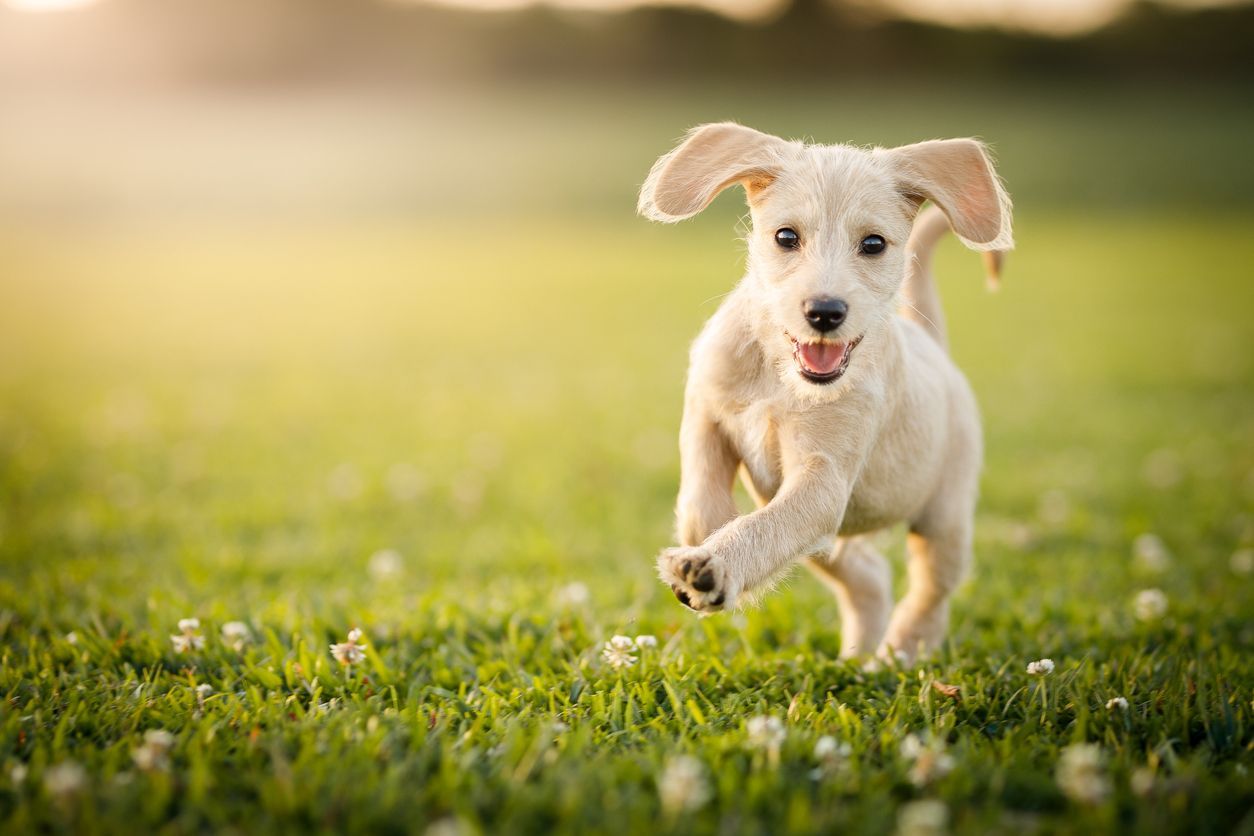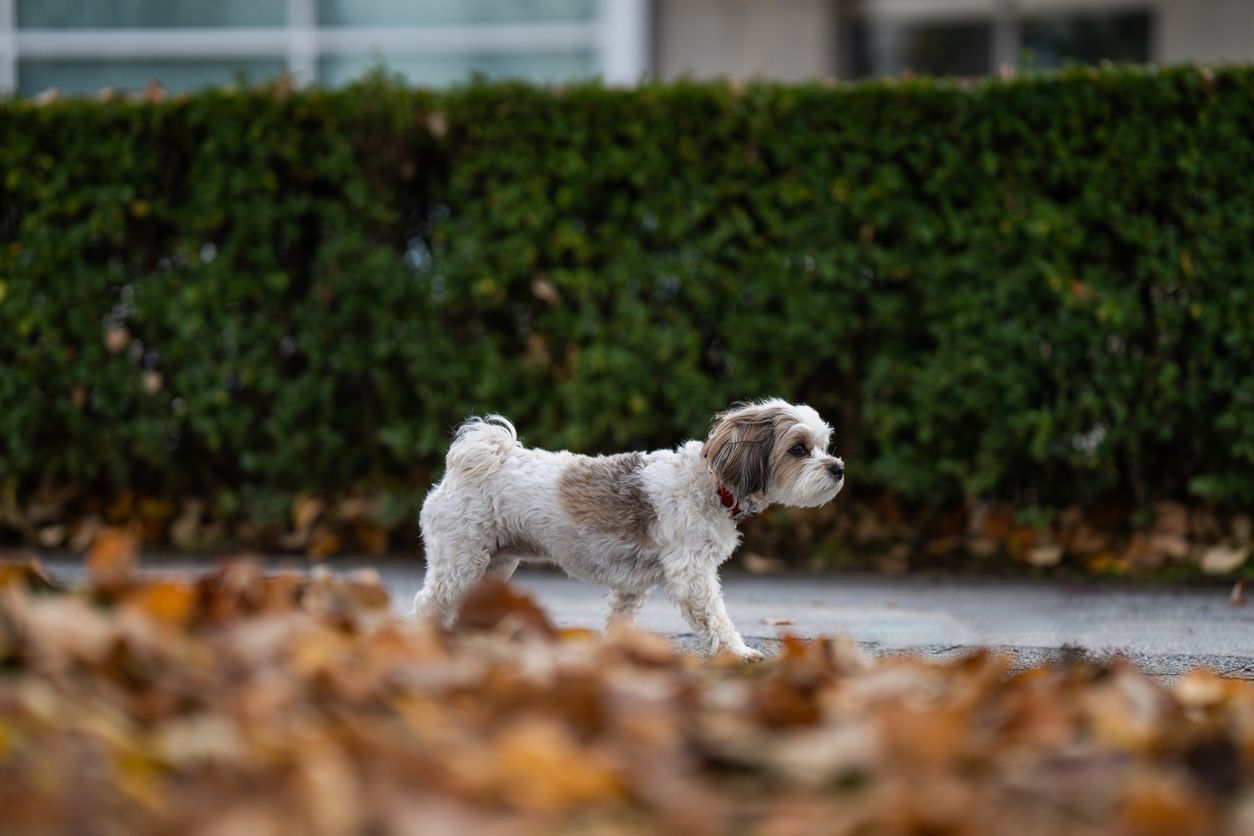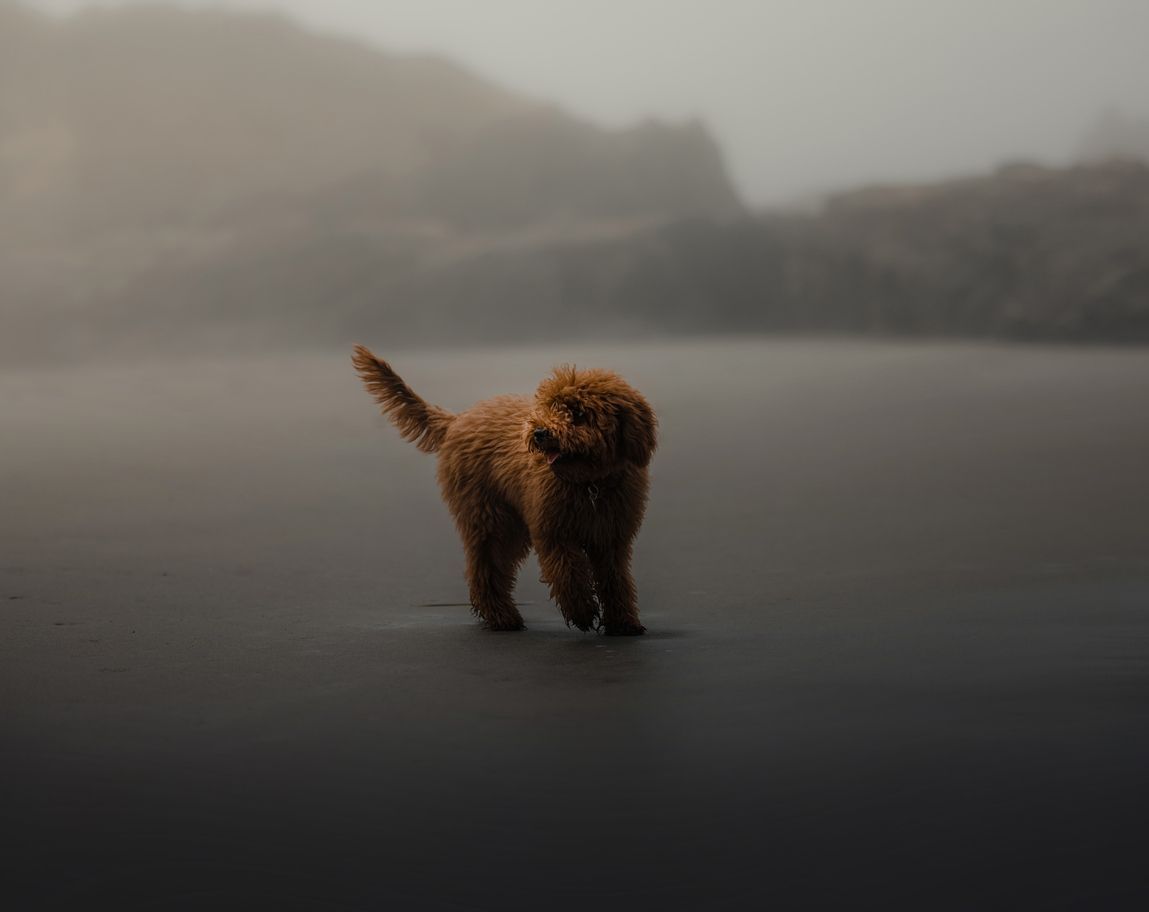Why your dog is trying to eat grass: Debunking the myths
Dogs often gobble up grass, leaving pet parents scratching their heads in confusion at the odd behavior. Dog owners everywhere often wonder if eating grass is a behavior in need of correction or a symptom of an underlying health concern. If this sounds familiar, read on to learn:
- Does a dog eat grass to settle an upset stomach?
- Is grass-eating a sign of a medical condition in my dog?
- Is my dog eating grass because he's bored?
- Why do dogs like grass?
- Is grass bad for dogs?
There are many myths surrounding grass-eating behavior in dogs. Overall, eating grass is normal and safe in small amounts as long as the yard has not been treated with unsafe chemicals.
Does my dog eat grass to induce vomiting?
Dogs using grass to induce vomiting is a common myth that has some truth behind it. When a dog is nauseated, they often rapidly lick whatever is nearby, including carpet, furniture, and grass. “If blades of grass stimulate gagging as they pass through the throat, it often leads to vomiting, especially if the dog is already nauseated,” explains Jo Myers, a veterinarian at Vetster. “A dog does not intentionally cause vomiting by eating grass.”
Does grass-eating behavior in dogs indicate a nutritional deficiency?
People often speculate that dogs eat grass if they are suffering from a nutrient deficiency, but no scientific evidence supports this. Dietary deficiencies are rare in dogs fed a nutritionally complete, balanced diet. Dogs sufficiently lacking nutrients to be of concern show more obvious signs of illness, such as weight loss and lethargy.
Does my dog have pica if they eat grass?
Pica is a rare behavioral disorder in dogs that causes them to persistently and obsessively ingest a non-food item, commonly rocks or carpet. It is more common for dogs to experience dietary indiscretion where they occasionally ingest something outside their normal diet, including food from the trash, clothing, or another pet’s food. Dietary indiscretion is common and often not a cause for concern unless the ingested item is nauseating, toxic, sharp, difficult to pass, or otherwise dangerous. Occasionally eating grass in small amounts does not indicate a behavioral problem.
Does my dog eat grass because they’re bored?
A dog can eat grass out of boredom, but this is not a common cause of the behavior. Dogs in need of mental stimulation often become destructive and chew or dig at furniture, dirt, carpeting, and grass. Eating or digging in the grass this way can be a sign of boredom or a way for dogs to seek the attention of their owners if they react to the behavior.
Does my dog like the taste of grass?
A dog that commonly eats grass very likely enjoys the taste or texture of grass. This is believed to be the most common cause of the behavior, especially in the spring, when the grass is fresh and most appealing.
Is eating grass bad for dogs?
The act of eating grass itself is not inherently dangerous for dogs. Since dogs are omnivores, grass can serve as a potential food source and eating it is normal. However, eating grass can expose dogs to dangerous chemicals if the grass has been treated with pesticides, fertilizers, and other products unsafe for ingestion. Intestinal parasites commonly live in the soil and can be ingested if a dog digs up and eats grass. However, this is not a common transmission route for intestinal parasites. Long blades of grass can also cause a dog to gag and vomit. Obsessively eating grass in large quantities can indicate a medical or behavioral disorder, though this is rare. Eating grass is almost always a harmless and normal behavior for dogs.
How can I stop my dog from eating grass?
It is not necessary to stop a dog from eating grass because it is a normal dog behavior that’s usually harmless. Keep dogs off grass treated with dangerous chemicals to prevent them from being exposed to harmful toxins. Practicing commands, such as “leave it” and rewarding with treats, can limit grass-eating behavior. In cases where the behavior is caused by boredom, provide plenty of exercise, brain-stimulating toys, and attention to your pup.
Why is my dog eating grass?
Eating grass is a common and usually harmless behavior in domestic dogs. Most dogs simply enjoy the taste or texture of the grass or dew on the grass. In some cases, the behavior can indicate boredom. Rarely, eating grass points to a medical or psychological problem. If you have questions about your dog’s grass-eating behavior, a Vetster online vet will happily help.
FAQ - Why your dog is trying to eat grass
What does it mean when your dog eats grass?
Eating grass is a normal and common behavior in dogs. Typically, they eat it simply because they enjoy it. Pica is a behavioral disorder that causes dogs to persistently eat non-food items and is extremely rare. Rocks and carpet are common targets for pica, so it is unlikely eating grass means a dog has pica. It is a myth that dogs eat grass to induce vomiting purposefully or because they have nutritional deficiencies.
Do dogs eat grass for an upset stomach?
Dogs do not ingest grass with the intention of vomiting but may still throw up if they are already experiencing stomach upset or if long blades of grass cause them to gag and vomit.
What should I do if my dog eats grass?
Unless the grass is treated with toxic chemicals, it is unnecessary to stop a dog from eating it. Many dogs enjoy snacking on grass, which is normal behavior. If your dog tends to gag on long blades of grass and throw up after eating it, it’s best to keep him on a leash around appealing, long grass so you can quickly interrupt the behavior.
Why does my dog vomit yellow bile when he eats grass?
Dogs vomit after eating grass because the long strands gag them. Vomiting yellow bile indicates that the vomit is coming from the small intestine beyond the stomach and is more common on an empty stomach. Nauseated dogs often lick nearby surfaces, usually carpet or upholstery, but grass is another possibility. If your dog was nauseated and had an empty stomach prior to eating grass, you may see bile when they throw up. Dogs do not eat grass to intentionally cause themselves to vomit.




